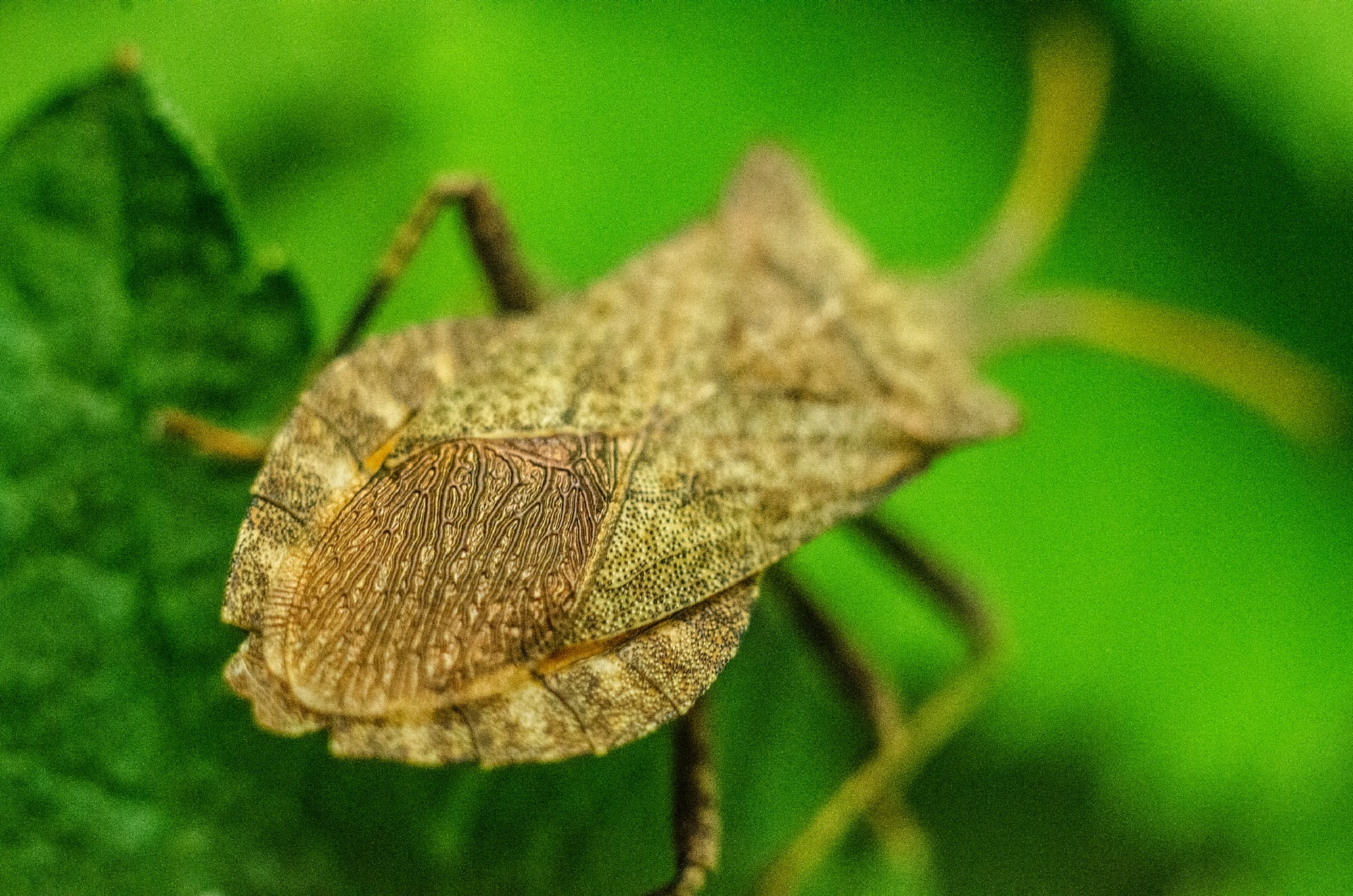

Uninvited guests at your summer cookout can be real pests. So get rid of your annoying insect visitors with a DIY bug trap. But bear in mind that not all the traps you find on the internet work.
A sonic mosquito repellent is one failure of an insect trap. “There is no scientific basis for bug-repellent traps that claim to use a high-pitched frequency to drive away pests,” says Roxanne Connelly, an entomologist at the University of Florida. Traps claiming to attract bugs with yeast are equally dubious.
[Related: How to get rid of mice]
Connelly and Ty Ashcraft, an exterminator at Holistic Pet Solutions in Charlotte, North Carolina, offer an easy stink bug trap, mosquito trap, and fruit fly trap that actually get the job done, and explain why they work. (If you’ve found a good DIY gnat trap, lady bug trap, or bed bug trap, let us know in the comments.)
Stink bugs

Omnipresent stink bugs, with their pungent coriander-like odor (used to defend against predators), can make a home uninhabitable. Ashcraft has a quick fix. Start by cutting off the top 2 inches of a two-liter bottle. Then invert and tape the neck to the opening so the top sits within the bottle. Drop a small battery-powered light into the container. In a dimly lit space, the light will attract stink bugs, trapping them until you can dispose of them. “Make sure to place this in attics, basements, or other dark areas,” Ashcraft says.
Mosquitoes

Not all mosquitoes are attracted to the same bait. Connelly suggests a low-tech “ovitrap,” which uses standing water to lure Aedes albopictus and Aedes aegypti, two common breeds. First, cut off the top of a two-liter plastic bottle, and spray-paint the outside a solid black. Then drill two 3/8-inch overflow holes below the brim. Cover them, and the top, with fine mesh. Secure a wet cloth around the brim (soak it once a day) and fill the trap with water. Eggs, laid on the fabric, will hatch, fall through the mesh, and grow too large to escape.
Fruit flies

For fruit flies, Connelly’s recommended trap is simple. Fill a quart-size bowl with a sudsy mixture of water and dish soap. Then set a smaller bowl, filled with a quarter-cup of red-wine vinegar, afloat in the center. The vinegar attracts fruit flies, which then get stuck in the suds. Do this a few days before having people over. “I refresh the soap twice a day, and within three days, that typically clears all the flies,” Connelly says.
This post has been updated. It was originally published on July 8, 2016.